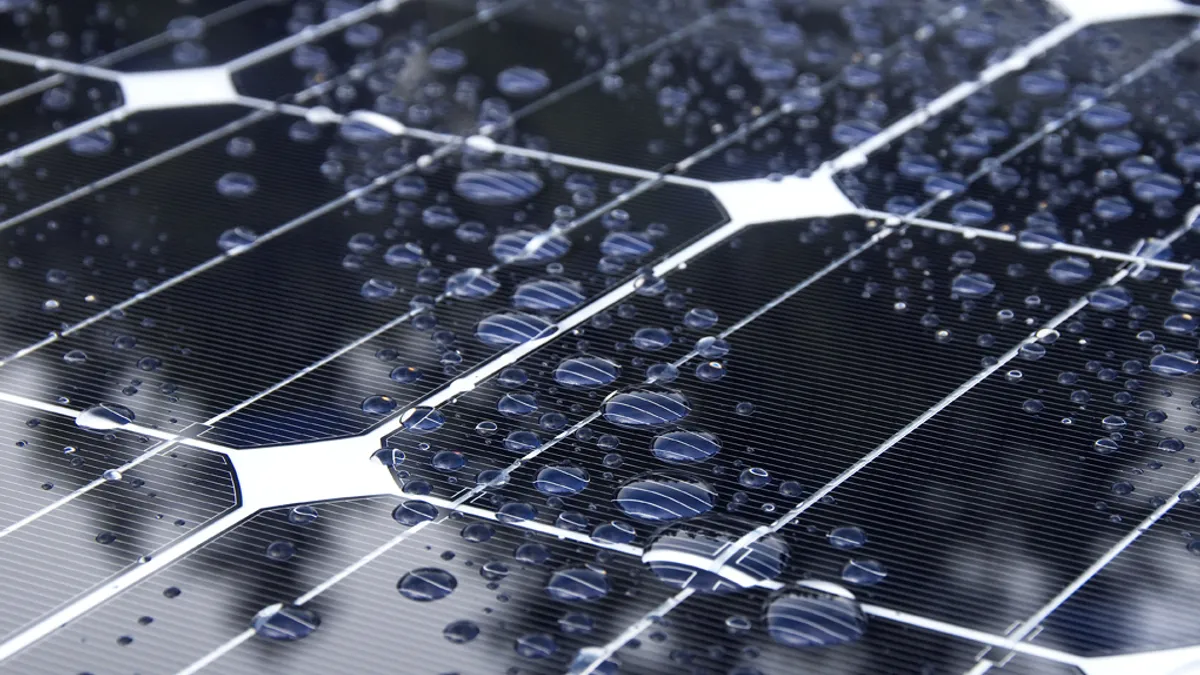Dive Brief:
- Solar use equal to 2.5% of a utility's retail sales would cause an estimated 3.9% reduction in earnings for a typical vertically integrated southwestern utility and a 4.5% reduction for a typical wires-only northeastern utility, according to Financial Impacts of Net-Metered PV on Utilities and Ratepayers: A Scoping Study of Two Prototypical U.S. Utilities, a study by the U.S. Department of Energy's Lawrence Berkeley National Laboratory.
- 2.5% solar use would cause an average retail electricity rate increase of almost nothing for the southwestern utility and just 0.2% for the northeastern utility. Shareholder impacts are significantly greater than ratepayer impacts for both utilities across all variables, including load growth, rate structure, ratemaking processes, and utility cost growth.
- The southwestern utility’s return on equity (ROE) would decrease only 0.3% but the northeastern utility’s ROE would decrease 4.7% because PV reduces utility revenues more than it does costs, leading to lowered earnings.
Dive Insight:
Despite PV being only about 0.2% of total U.S. electricity generation and no more than 2% in most states, its skyrocketing growth and dramatically falling costs have sparked debates between utilities and solar advocates about its impacts.
The paper offers a cost-benefit analysis of the ways that impacts could be mitigated as PV reaches 10% of a utility’s retail sales. It reports that most “incremental” mitigations, such as decoupling revenue from electricity sales, providing an adjustment mechanism, creating shareholder incentives, or altering regulatory timetables and proceedings would decrease revenue losses but would likely impact rates.
The study concludes that “even at penetration levels significantly higher than today, the impacts of customer-sited PV on average retail rates may be relatively modest." The paper acknowledges further studies should address utilities’ concern with the shift of system costs from solar owners to non-solar-owners.













